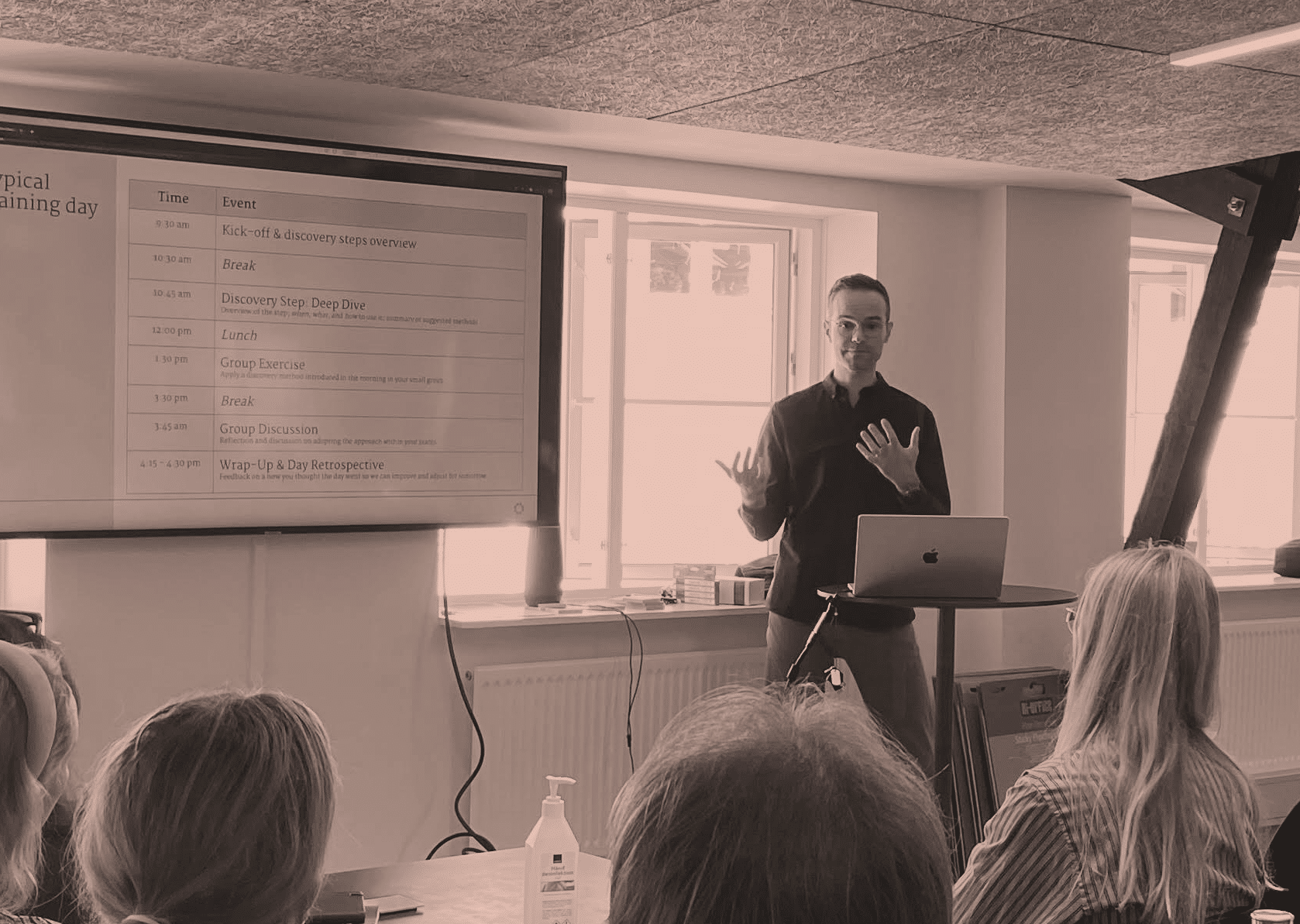Like many game-changing technology companies, Templafy found success by solving a problem that no one knew existed. Founded in 2014, Templafy’s next gen document generation platform automates all business document creation across organizations to activate and protect brands, drive governance and enable better document creation at any complexity and scale.
Templafy intelligently connects content to users where they already work and when it matters most in an effort to automate the document creation process and eliminate as much manual work when creating documents as possible. Supporting millions of users across more than 800 enterprise customers globally – including KPMG, IKEA, and BDO — Templafy required an approach to future growth that could identify and address needs customers didn’t realize they had yet.
“Because we’ve solved a problem that was completely unique and in a way that was entirely new, we needed to be in tune with all the ways that our customers can grow using our platform,” explains Caleb Wilson, Head of Product Design at Templafy. “It was fantastic that we’ve solved a challenge many organizations never realized they had, but to take our business to the next level, we needed to inspire an innovation culture that was highly customer-centric.”
“We wanted to decentralize innovation to empower our delivery team to identify and act on new opportunities uncovered during their day-to-day interactions with customers using the platform.”
Of course, many experts have written about the benefits of creating a continuous innovation culture, but applying that philosophy pragmatically across an organization is another matter. How do you ensure everyone is focused on innovation that drives your specific organizational outcomes? How do you codify an innovation workflow? How do you customize an ideal-world philosophy to your real-world scenario?
Enter Sightglass Partners, John Jarosz and Matthew Tobiasz, who combine product and delivery expertise. “Most companies invest in developing a framework for innovation, but few actually include the many departments responsible for executing that innovation into their discovery process,” explains Jarosz. “But given their proximity to the customer and the customer’s experience, these are the folks in the best position to identify and optimize new opportunities.”
This insight enabled Sightglass to produce and publish a custom Discovery Playbook that gave the Templafy team a process to continuously bring innovation opportunities into their software delivery lifecycle.
Customized to slot into Templafy’s culture, distributed teams and delivery process, the Playbook defines practical and repeatable methods so teams can confidently explore opportunities, generate compelling ideas, and vet and craft those ideas into a release plan without having to re-create their entire software delivery model.
Development of the Playbook started with an assessment of Templafy’s existing Discovery process to determine what had been successful and clear any upstream challenges that might be causing issues. After in-depth interviews, team shadowing and process crafting, Sightglass illustrated a discovery map to encourage alignment across the organization.
The Discovery Playbook demonstrates how to ideate using proven design-thinking methods and validate those ideas using concepts and testing methods that don’t require distracting an entire team.
Each stage includes target outputs, templates to help get started, examples of “what good looks like” for each output, roles to include, and educational material for further exploration.
As teams interact with customers, the playbook lays out ways to best capture pain and success points — as well as unmet needs. It walks the practitioner through leveraging opportunity solution trees, generative ideation, and testing against market, user, and technical assumptions.
A common innovation language and clearly explained methods are vital to ensuring processes are quickly adopted and utilized across the organization. So Tobiasz and the Sightglass team created an in-person training program and conducted ‘learn-by-doing’ exercises for each stage of the Discovery approach.
“The Discovery Playbook Sightglass produced and published for our team strikes the right tone between inspirational and useful because it’s unique to our experience,” Wilson reports. “It’s engaging but also easy to absorb and reference. Their Discovery training workshop gets everyone in the right mindset, teaches their part of the innovation journey, and accelerates the adoption of new processes.“
Discovery training is often outsourced to training companies who provide a prescribed framework based on their specific philosophy — and not customized or contextualized to the real-world needs of the business.
“But even if the organization likes that training philosophy, there are too many market, customer and operational variables to make it effective,” explains Tobiasz. “By producing a customized approach to Discovery, we ensure that the ideal process doesn’t remain idealistic — it operationalizes innovation as part of the team’s day-to-day.”
Each training day included a series of presentations that provided an overview of each stage in the Discovery Playbook. Sightglass and the Templafy leadership team co-facilitated collaborative exercises that were crafted based on a real Templafy challenge. An open Q&A after each exercise identified potential adoption challenges.
“As we learned from the participants, we were able to highlight where certain folks or teams may need extra support or what stages may be most challenging.”
In his work with high-growth start-ups like Templafy, Jarosz observes that it can be tempting to silo innovation to a dedicated team. “Expanding these methods and processes across the organization improves innovation efficiency because there’s no one better to spot new opportunities than someone who works directly with the customer. But it’s one thing just to say you’re a culture of innovation. It’s quite another to have a structured framework that gives the team the confidence that their ideas will add value to the organization and will be put into action effectively.”
Having a Discovery Playbook and Training has clarified for the Templafy team what steps they need to take to continuously uncover new opportunities — and provides the tools so team members, both current and future, can know precisely how to take those steps.
“We’re seeing greater internal clarity on why we build what we build — and when,” says Wilson. “And that’s increasing empowerment, involvement and co-ownership across our various functional teams. The result is better feature quality because research, interviews and iteration are driving improved outputs.”
“We’ve seen a lot of success so far, and we can see how this Discovery Playbook and framework is supporting a culture where we keep focused on uncovering what our customers will need next,” says Wilson. “We’re future-proofing our own growth.”






